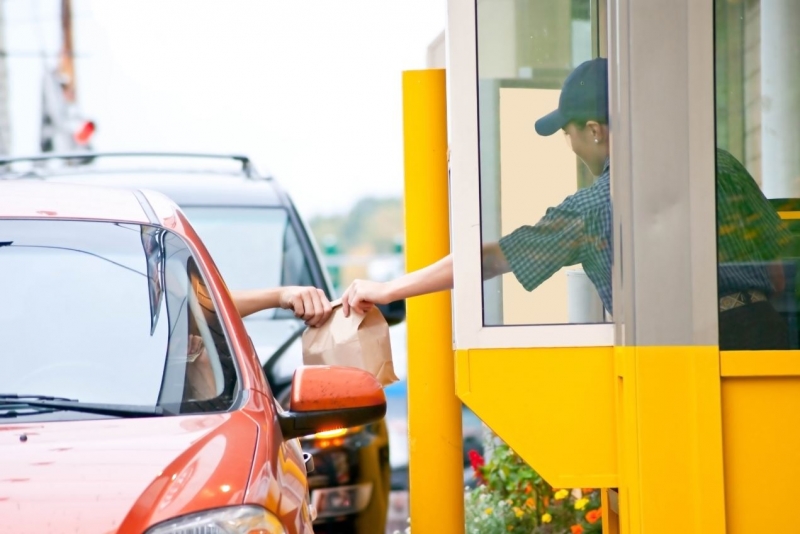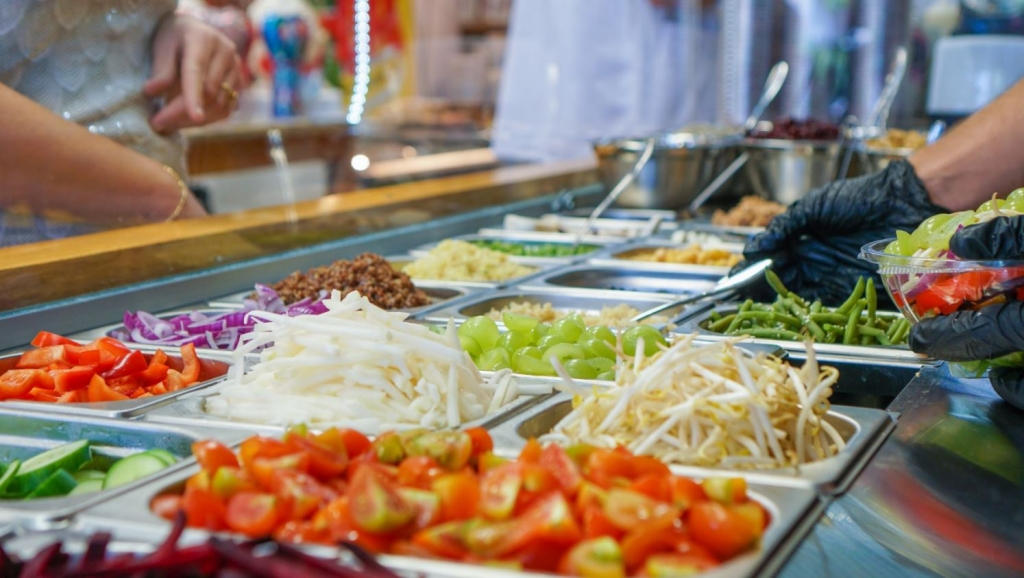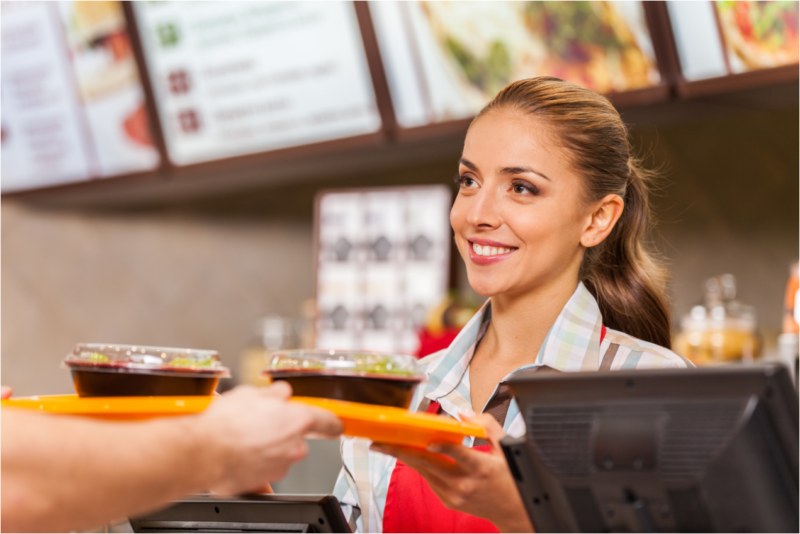Looking ahead at food and restaurant trends for 2021.
This is the time of year when we look ahead at what may be coming in the year ahead for our respective industries. This year, that process is more complex than any year that has come before.
To say 2020 was a bit of an outlier in the QSR industry is to put it so mildly, it strains credibility. This past year has hit all restaurants like a tsunami and QSRs were no different. QSR owners and managers had to be nimble and adjust on the fly just to keep the doors open in the face of a global pandemic and lockdown orders in many North American cities and towns.
The good news is many learned how to survive the worst-case scenario and with vaccines currently be distributed, there is no reason not to believe there will be brighter days ahead in 2021.
But what exactly will the QSR industry look like as we (hopefully) enter a post-pandemic world in 2021? To answer this, we’ve highlighted three trends we believe will most influence QSRs in the coming year.
1. Technology will be even more integrated into the customer experience
There has been a steady move away from in-store dining and towards drive-thru service for the past several years. So much so that some QSR chains such as Del Taco, Burger King, and Jack In The Box have been designing new brick and mortar locations with less dining experience and with more of a focus on drive-thru and curbside pick-up.
“The majority of the returns from a full remodel is coming through the drive-thru, aligning with where 70% of our business is generated,” Jack In The Box former CEO Lenny Comma said last year
In 2020, the pandemic drove even more people away from the in-store dining experience, causing many to embrace technology such as food delivery apps in a way they might not have otherwise. There is more than just anecdotal evidence that mobile phone apps are going to be a bigger part of the QSR ordering experience. Data shows that digital orders at quick-service restaurants have increased by 23 percent since first implemented and that number is expected to triple in 2021.
As the business will be splintered between in-store, drive-thru, and the seemingly countless different food ordering apps out there today, it has never been more important to have one system that stays on top of all the financial and sales data from these disparate revenue streams. CLEARVIEW can help you thrive in the changing QSR landscape.


2. Supplies and inventory projections will be more volatile than ever
Anyone who has been in the QSR industry for some years could use that experience to predict what their sales will look like at various times of the year. Of course, 2020 tossed all that out window as past results had no bearing on what the demand was like this year. And while we can guess at what the demand will be like in the coming year, we are really in unchartered territory.
This is why it is so important to have access to tools that can help you avoid food waste which is one of the biggest ways QSRs lose profits. “It’s about keeping your inventory at optimum stock levels based on actual customer demand,” explains CLEARVIEW Senior Sales Engineer Tim Meyer. “With CLEARVIEW, you are using a tool that gives you the best chance to succeed in turnaround times on order processing as well as the freshness of food and eliminating food waste. It improves your margins in these trying times so arm yourself for success.”
3. QSR’s will continue to operate leaner post-pandemic
As mentioned, off the top, 2020 taught QSRs how to adapt and survive in difficult times. Part of that survival technique involved learning to run a much leaner operation than ever before. Running leaner meant not just working with fewer employees, but also running with experienced staff who can maintain operational efficiencies.
So, a key component to this leaner QSR is being able to reduce staff turnover and keep the best and brightest on your team. Historically, high staff turnover has been baked into the QSR model. On average, turnover in the industry is between 100% to 130% each year. The average cost to replace a staff member is $2,000.
The simple fact is QSR’s can no longer afford to be cavalier about staff turnover. This is why CLEARVIEW’s labor-management capabilities can have even more importance in 2021. One of the easiest ways to waste money and send good people out the door is to either over or under book their shifts. CLEARVIEW can help you keep the optimum staffing levels at all times which will only help you hold on to your best people.

To learn more about how CLEARVIEW can help you take on the challenges of the new year, reach out to us at + 1 866 687 8027 or sales@clearviewconnect.com We’d love to discuss it with you.
